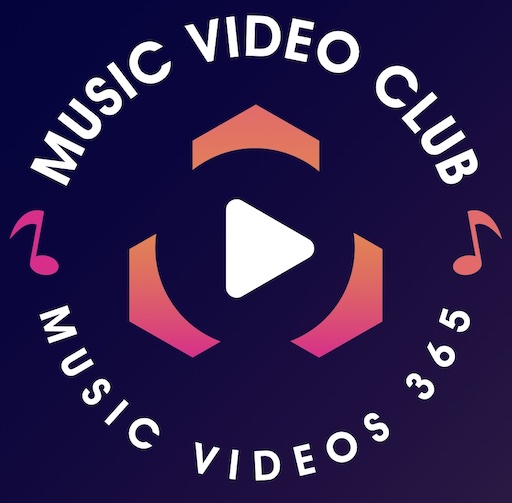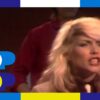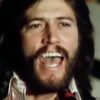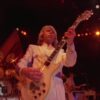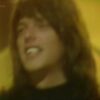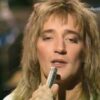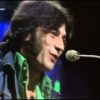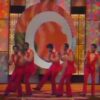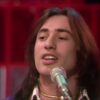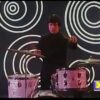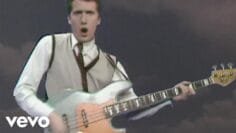The Beatles – Hey Jude
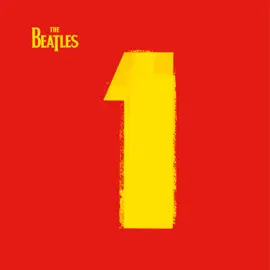
“Hey Jude” – Single by the Beatles
B-side “Revolution”
Released 26 August 1968
Label Apple
Songwriters Lennon–McCartney
Producer George Martin
Charted No.1 in US, No.1 in UK, No.1 in Canada, No.1 in Belgium, No.1 in Ireland, No.1 in Norway, No.1 in Spain. No.1 Sweden, No.1 in Yugoslavia
Paul McCartney wrote this as “Hey Jules,” a song meant to comfort John Lennon’s 5-year-old son Julian as his parents were getting a divorce. The change to “Jude” was inspired by the character “Jud” in the musical Oklahoma! (McCartney loves show tunes).
In 1987 Julian ran into Paul in New York City when they were staying at the same hotel and he finally heard Paul tell him the story of the song firsthand. He admitted to Paul that growing up, he’d always felt closer to him than to his own father. In Steve Turner’s book The Stories Behind Every Beatles Song, Julian said: “Paul told me he’d been thinking about my circumstances, about what I was going through and what I’d have to go through. Paul and I used to hang out quite a bit – more than Dad and I did… There seem to be far more pictures of me and Paul playing at that age than me and Dad. I’ve never really wanted to know the truth of how Dad was and how he was with me. There was some very negative stuff – like when he said that I’d come out of a whisky bottle on a Saturday night. That’s tough to deal with. You think, where’s the love in that? It surprises me whenever I hear the song. It’s strange to think someone has written a song about you. It still touches me.”
Hey Jude topped the charts in Britain for two weeks and for 9 weeks in America, where it became The Beatles longest-running No.1 in the US singles chart as well as the single with the longest running time.
The Beatles did not record their promotional film until Hey Jude had been on sale in America for a week. They returned to Twickenham Film Studio, using director Michael Lindsay-Hogg who had worked with them on Paperback Writer and Rain. Earlier still, Lindsay-Hogg had directed episodes of Ready Steady Go! And a few months after the film for Hey Jude he made The Rolling Stones Rock and Roll Circus TV special that featured John and Yoko but wouldn’t be shown until 1996
To help with the filming an audience of around 300 local people, as well as some of the fans that gathered regularly outside Abbey Road Studios were brought in for the song’s finale. Their presence had an unlikely upside for The Beatles in their long-running saga with the Musicians’ Union in that the MU were fooled into believing the band were playing live, when in fact they were miming for the vast majority of the song. Paul, however, sang live throughout the song.
The video was first broadcast on David Frost’s Frost On Sunday show, four days after it was filmed. At that point transmission was in black and white although the promo was originally shot in colour. It was first aired in America a month later on 6 October 1968, on The Smotheres Brothers Comedy Hour.
The single was the Beatles’ first release on their Apple record label and one of the “First Four” singles by Apple’s roster of artists, marking the label’s public launch. “Hey Jude” was a number-one hit in many countries around the world and became the year’s top-selling single in the UK, the US, Australia and Canada. Its nine-week run at number one on the Billboard Hot 100 tied the all-time record in 1968 for the longest run at the top of the US charts, a record it held for nine years. It has sold approximately eight million copies and is frequently included on music critics’ lists of the greatest songs of all time.
